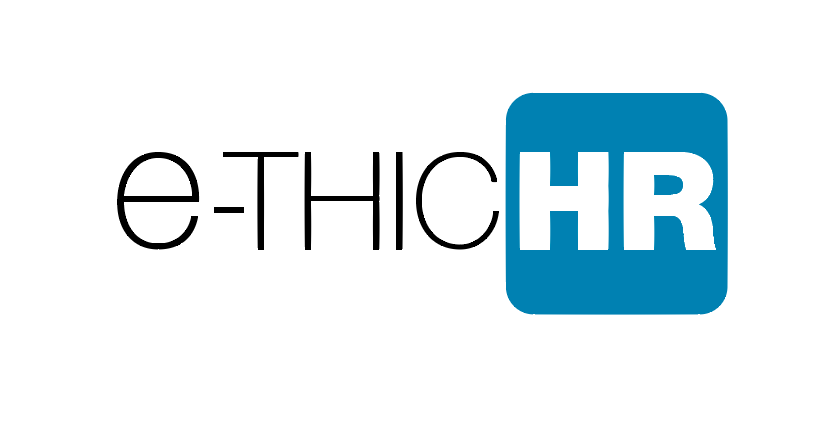Autumn arrives. It’s not the lawns that are drying up in this times, but the talent pool. Much like the drought, there are several factors contributing to this crisis. As Boomers retire, they’re leaving behind vacancies that younger workers aren’t equipped to fill. Recession. At its height, 60 percent of the workforce planned to seek new employment once the economy bounced back. After it did, 54 percent of companies lost top talent within just six months. Plus, these free agents are demanding unique work cultures and competitive development opportunities.
With a shrinking labor pool that’s more mobile than ever, competition among potential employers is fierce. While corporate recruiters provide stopgap solutions, there’s are an other way to attract and retain talent.
When it’s done right, digital content can have the same transformative impact on HR as it does on marketing. It’s simple: Great content attracts great people, and it encourages the people who are creating it to stick around. « Content humanizes your brand; it provides a window into the soul of your company, and when your key employees have a voice, you can have big wins », says John Hall*.
More information in the full article written by John Hall « Your content strategy is also a recruiting strategy »
*CEO Influencers & Co


 Today this book
Today this book 
